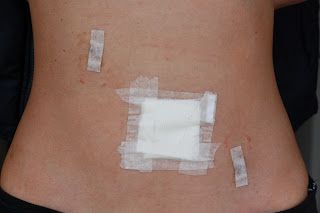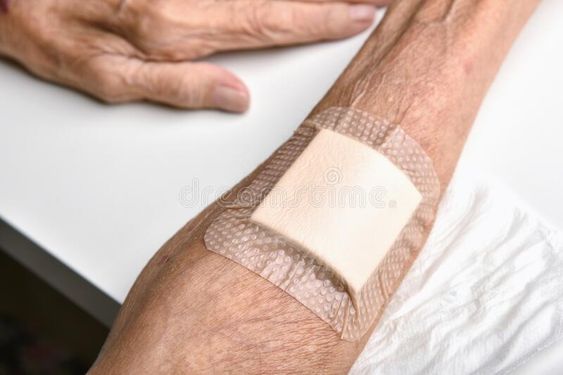In daily life, whether it is a minor abrasion or an incision after surgery, wound care is a vital part of the recovery process. Regarding the use of wound dressings, many people have a misunderstanding that only by changing them every day can the wound be kept clean and promote healing. In fact, the frequency of changing wound dressings is not fixed but needs to be flexibly adjusted according to the specific situation of the wound.

The main functions of wound dressings are:
It not only protects the wound from external bacteria but also absorbs the fluid exuded from the wound and keeps the area around the wound dry and clean. However, this does not mean that the dressing needs to be changed frequently. Too frequent changes may interfere with the wound healing process and even introduce new bacteria due to improper operation.
How to determine whether the wound dressing needs to be changed?
This depends on how moist the dressing is and the condition of the wound. If the dressing is soaked with blood, pus, or other exudate, or if it develops an odor, changes color, etc., then it needs to be changed promptly. Generally speaking, for clean, dry wounds, the dressing can be kept longer, while for wounds with more exudate, it may need to be changed more frequently.
In real life, we also need to pay attention to some small details of wound care. For example, before changing the dressing, be sure to clean your hands first to ensure a sterile environment during the operation. Use saline or mild disinfectant to gently clean the area around the wound, and avoid using strong irritating chemicals. When changing the dressing, gently uncover it to avoid tearing the wound or new tissue. At the same time, observe the healing of the wound. If there are abnormalities such as redness, swelling, increased pain, or continued exudation, seek medical attention in time.
How to treat special wounds?
For some special types of wounds, such as burns and diabetic foot, the selection and replacement frequency of dressings may require more professional guidance. Such wounds are often more susceptible to infection and have a complicated healing process, so it is recommended that patients receive care under the guidance of a doctor.

In addition to changing the dressing, daily wound care also includes keeping the area around the wound clean and dry, avoiding excessive activity and friction, eating a proper diet, and consuming enough nutrients such as protein and vitamins to support wound healing.
The more frequently the wound dressing is changed, the better. It should be changed according to the specific conditions of the wound. Correct wound care knowledge can help us better promote wound healing and reduce the risk of infection. In daily life, we should develop a suitable wound care plan based on our actual situation and the doctor's advice, so that the wound can recover in the best environment. For more information on Innomed®Hydrogel Dressing, Refer to the Previous Articles. If you have customized needs, you are welcome to contact us; You Wholeheartedly. At longterm medical, we transform this data by Innovating and Developing Products that Make Life easier for those who need loving care.
Editor: kiki Jia

 English
English عربى
عربى Español
Español русский
русский 中文简体
中文简体








